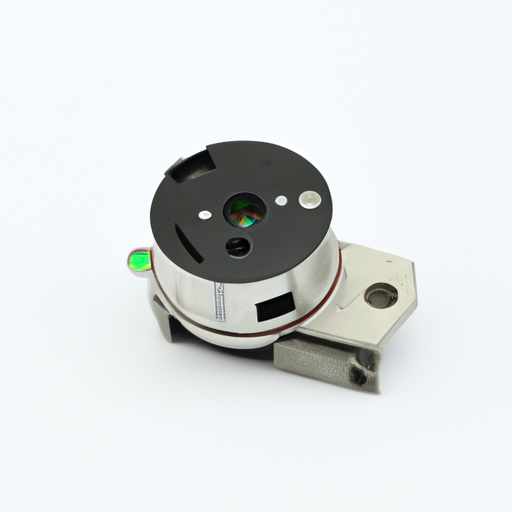| 1. Types of Encoders | |
| 2. Resolution | |
| 3. Output Signals | |
| 4. Communication Protocols | |
| 5. Environmental Resistance | |
| 1. Robotics | |
| 2. Industrial Automation | |
| 3. CNC Machines | |
| 4. Elevators and Escalators | |
| 5. Automated Guided Vehicles (AGVs) | |
| 6. Medical Equipment |

The CFR-25JB-52-110R encoder exemplifies the advanced technology and versatility of modern encoders. Its applications span across various industries, highlighting the importance of precise motion control and position feedback in today's automated systems. As technology continues to evolve, encoders will play an increasingly vital role in enhancing the efficiency and accuracy of numerous applications, driving innovation in fields ranging from robotics to medical technology.
| 1. Types of Encoders | |
| 2. Resolution | |
| 3. Output Signals | |
| 4. Communication Protocols | |
| 5. Environmental Resistance | |
| 1. Robotics | |
| 2. Industrial Automation | |
| 3. CNC Machines | |
| 4. Elevators and Escalators | |
| 5. Automated Guided Vehicles (AGVs) | |
| 6. Medical Equipment |

The CFR-25JB-52-110R encoder exemplifies the advanced technology and versatility of modern encoders. Its applications span across various industries, highlighting the importance of precise motion control and position feedback in today's automated systems. As technology continues to evolve, encoders will play an increasingly vital role in enhancing the efficiency and accuracy of numerous applications, driving innovation in fields ranging from robotics to medical technology.




